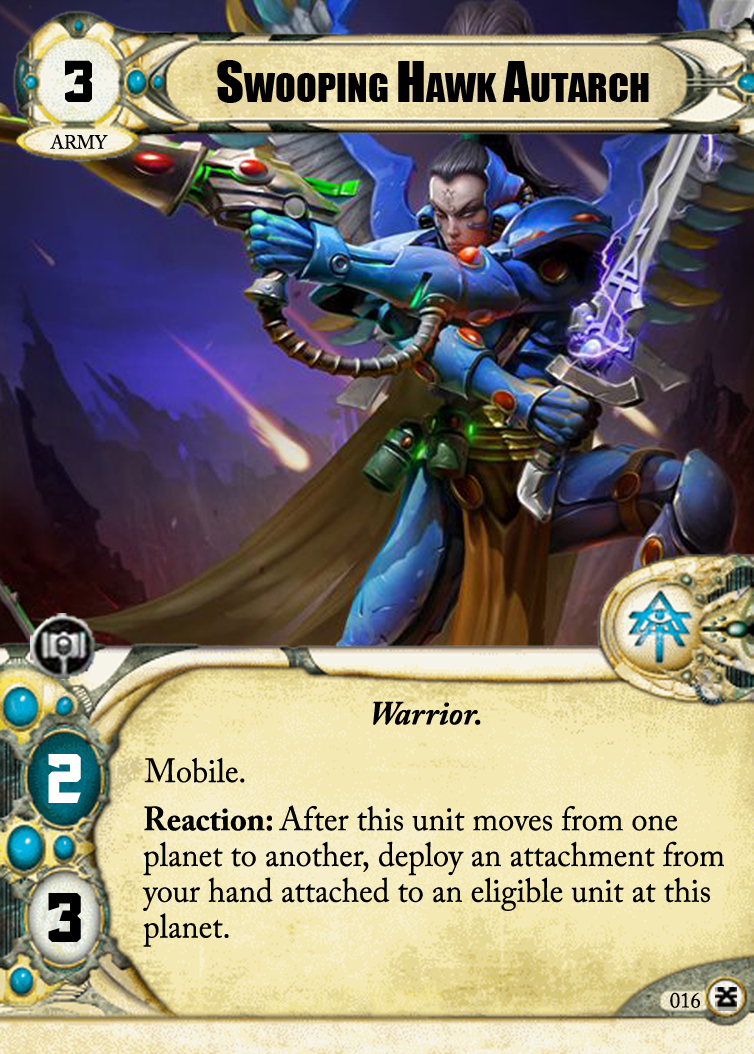

- #Opening octgn image packs full#
- #Opening octgn image packs plus#
- #Opening octgn image packs series#
Warp Pack (release: August, 1995) The Warp Pack was a selection of 12 white-bordered common cards to help make decks playable out of the box. The card was later included in the Introductory 2-Player Game. It was originally available as a mail-in redemption included in the Official Player's Guide published by Brady Games. In fact, all printings after the first were planned to be white-bordered, but no more printings were made.ĭata Laughing (release: 1995) A promotional card that had ties to the first three sets. The initial print run had a black border and the following runs (December 19) had a white border, making the black-bordered cards rarer, even though that color would become the staple of all later sets. It was available in randomized 60-card starter boxes (generally not playable right out of the box) and 15-card expansion packs. This dip in sales resulted in Decipher taking a serious look at the game's future.įull expansions are listed in regular type, boutique/special cards in italicsġE Premiere (release: November, 1994) The first edition premiere set contained 363 cards and introduced the affiliations of the Federation, the Klingons, and the Romulans, along with Non-Aligned cards. Sales faltered during the release of the last two sets, based on the films and on holodeck scenarios. It was after this that the game began a serious decline in popularity and sales.
#Opening octgn image packs series#
Two more sets featuring Original Series cards came next (when that property was added to the license), followed by sets drawing heavily on Voyager which introduced the new, but smaller Kazon, Vidiian, and Hirogen affiliations. The era of these expansions is considered by many players to be the 'golden age' of First Edition.

This was soon followed by several sets based on situations in Deep Space 9 these introduced affiliations for the Bajorans, Cardassians, Dominion, and Ferengi, along with enhanced systems for battling and capturing. The First Contact set arrived late that year, based on the film Star Trek: First Contact that set introduced the Borg affiliation, among other new concepts. In 1997, Decipher announced that a wider scope had now been licensed for the game: Deep Space 9, Voyager and The Next Generation movies would soon be depicted in new cards, thus the game's name was shortened to the existing title.
#Opening octgn image packs full#
This narrow scope caused little attraction for players, and it was felt that only five more sets could be released before running the full course of available material.
#Opening octgn image packs plus#
As such, the only affiliations created were the Federation, Klingons, and Romulans, plus a group for other cards that didn't fit into the three main affiliations called Non-Aligned. It was first licensed only to cover Star Trek: The Next Generation, and the first three card sets were limited to that show's universe. What is now known as First Edition (commonly abbreviated "1E" among players) is the original conception of the game, through various designers and iterations. These are groupings of ships and personnel based on the major interstellar powers of the Star Trek universe, and decks will be based around one, or perhaps more, of these groups. One of the most attractive themes of the game is affiliations. Other aspects of the game increase player interactions: ships and personnel can battle, or otherwise affect each other cards like events and interrupts can alter the environment for one or more players and points can be scored using methods other than mission solving. If the mission is solved, the player earns the printed points. Once the required dilemmas are passed, the personnel still active in the attempt must have the skills and/or attribute totals required by the mission to solve it. Often if the personnel have the required skills or attributes they can overcome certain dilemmas' effects. Once a mission attempt starts, the personnel will create away teams to encounter dilemmas which will challenge them in some way.

This is done by bringing personnel, ships and equipment into play, then moving an attempting team to a mission. The standard central goal for a player of STCCG is to obtain 100 points, primarily by completing missions or objectives.



 0 kommentar(er)
0 kommentar(er)
